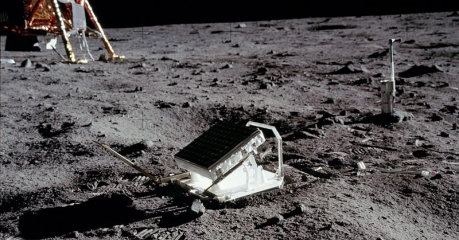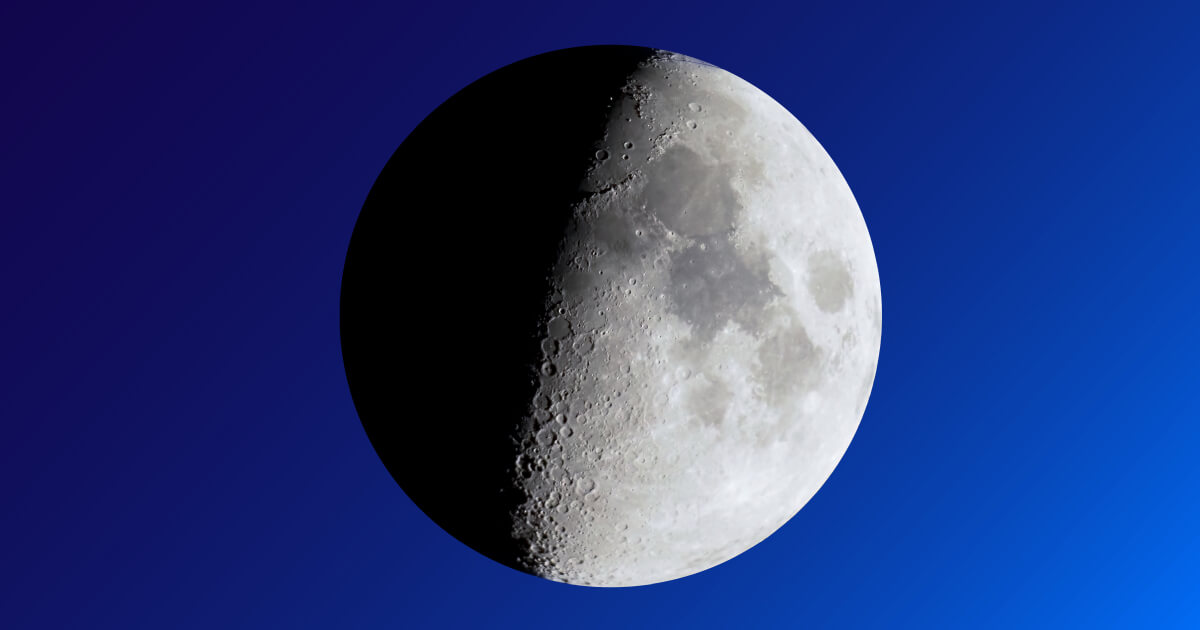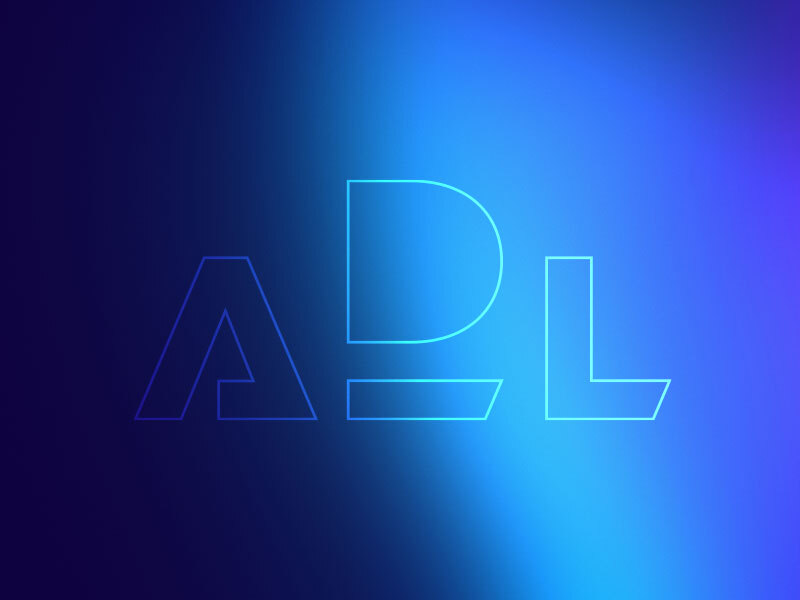DATE
2 min read
Arthur D. Little reflects on key role it played in Apollo 11 Mission

Over 80 Arthur D. Little staff involved in Laser Ranging Retro-Reflector experiment which remains active and functioning to this day
At this significant moment in time, Arthur D. Little (ADL) remembers the role a team of over 80 ADL staff members played in the Apollo 11 Mission 50 years ago on July 20, 1969. As many people know, a number of scientific experiments were set up during the First Moon Landing, and left on site as the astronauts went back home in their lunar module. Today, only one experiment from the Apollo 11 landing remains active and functioning – the Laser Ranging Retro-Reflector (LRRR) experiment, which ADL played a key role in developing.
The original objective of the LRRR was to obtain precise earth-moon distances. This was done by measuring the time required for a laser pulse to make a round trip between a moon-based retro-reflector array and an earth-based laser telescope installation. The hope was that this precise monitoring of earth-moon distances would enable an improved understanding of the physics of the earth and the moon. Today, the LRRR is still active and functioning and the conscientious efforts of the ADL team, who participated in the analyzes, designs, fabrications, assembly and tests of the LRRR Array, were essential to meeting the program objectives.
Ignacio García Alves, Chairman and Chief Executive Officer at Arthur D. Little comments: “For more than 130 years, the Arthur D. Little name has been synonymous with technological ingenuity and innovative thinking. Apollo 11’s landing on the moon was a historical moment, turning the unimagined into reality. We are extremely proud to have been a part of the team to develop the LRRR and we congratulate NASA on this momentous anniversary. In the words of our Founder, Arthur Dehon Little, ‘Who says it can’t be done?’”
In addition to working on the LRRR, ADL also partnered with NASA in the 1960’s to work on the ‘Heat Flow Experiment’ which measured temperature gradients on lunar surfaces as a function of time and soil thermal conductivity; and helped develop innovations for astronaut protection including durable lubricant and insulation for space suits and anti-meteoroid bumpers on space probes.
To find out more about Arthur D. Little’s Laser Ranging Retro-Reflector (LRRR) experiment, you can read the full report here: https://tmurphy.physics.ucsd.edu/apollo/doc/ADL.pdf

2 min read
Arthur D. Little reflects on key role it played in Apollo 11 Mission

DATE

Over 80 Arthur D. Little staff involved in Laser Ranging Retro-Reflector experiment which remains active and functioning to this day
At this significant moment in time, Arthur D. Little (ADL) remembers the role a team of over 80 ADL staff members played in the Apollo 11 Mission 50 years ago on July 20, 1969. As many people know, a number of scientific experiments were set up during the First Moon Landing, and left on site as the astronauts went back home in their lunar module. Today, only one experiment from the Apollo 11 landing remains active and functioning – the Laser Ranging Retro-Reflector (LRRR) experiment, which ADL played a key role in developing.
The original objective of the LRRR was to obtain precise earth-moon distances. This was done by measuring the time required for a laser pulse to make a round trip between a moon-based retro-reflector array and an earth-based laser telescope installation. The hope was that this precise monitoring of earth-moon distances would enable an improved understanding of the physics of the earth and the moon. Today, the LRRR is still active and functioning and the conscientious efforts of the ADL team, who participated in the analyzes, designs, fabrications, assembly and tests of the LRRR Array, were essential to meeting the program objectives.
Ignacio García Alves, Chairman and Chief Executive Officer at Arthur D. Little comments: “For more than 130 years, the Arthur D. Little name has been synonymous with technological ingenuity and innovative thinking. Apollo 11’s landing on the moon was a historical moment, turning the unimagined into reality. We are extremely proud to have been a part of the team to develop the LRRR and we congratulate NASA on this momentous anniversary. In the words of our Founder, Arthur Dehon Little, ‘Who says it can’t be done?’”
In addition to working on the LRRR, ADL also partnered with NASA in the 1960’s to work on the ‘Heat Flow Experiment’ which measured temperature gradients on lunar surfaces as a function of time and soil thermal conductivity; and helped develop innovations for astronaut protection including durable lubricant and insulation for space suits and anti-meteoroid bumpers on space probes.
To find out more about Arthur D. Little’s Laser Ranging Retro-Reflector (LRRR) experiment, you can read the full report here: https://tmurphy.physics.ucsd.edu/apollo/doc/ADL.pdf



